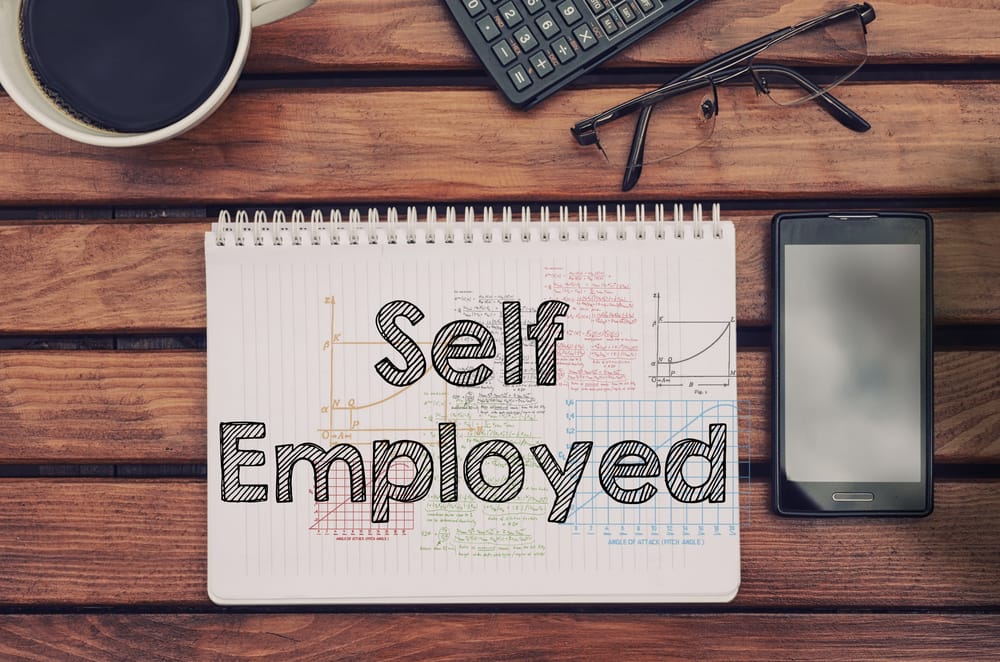If you’re self-employed or married to someone who is, you know first-hand the challenges that running your own business, no matter how big or how small, can be. When someone works for another company and shows up for work on time, the pay checks get deposited like clockwork on the 1st and the 15th. The self-employed typically don’t have that sort of luxury. Besides running the business, the owner must also make payroll, pay the office expenses, pay taxes and on and on. The self-employed know the responsibilities of owning and running a business and they wouldn’t have it any other way. However, getting a home loan doesn’t have to be a problem yet for many they do run across qualifying challenges the W2’d worker doesn’t face.

Financing Solutions : Loans and Programs
When mortgage lenders approve a borrower, they verify income by reviewing copies of the most recent pay check stubs covering a 30 day period in addition to the previous two years of W2 forms. It’s relatively easy to calculate gross monthly income because it’s laid out for the lender and easily validated. Not so much the self-employed.
Mortgage lenders review a loan application from a self-employed borrower typically don’t have copies of pay check stubs and they certainly don’t have any W2s to see. Instead, mortgage lenders ask for two years of personal and business federal income tax returns and a year-to-date profit and loss statement. Lenders also compare the tax returns with bank statements that will validate the income. Yet because the self-employed doesn’t always know when an invoice will be paid, deposits into a bank account won’t show steady deposits on the 1st and 15th of every month.
Instead, there will be deposits on various dates from checks written by their customers. And most times the monthly amounts are different. Sometimes by a little and sometimes by a bit more. Because of these fluctuations, mortgage lenders ask for two years of returns and then average the net income from the business and use that figure for qualifying purposes. Lenders also want require the individual be self-employed for at least two years and the income from year to year should be similar, if not increasing from one year to the next. If the income falls from the previous year, the lender could interpret the business is slowing down and potentially failing.
The ideal self-employed borrower would then be someone with at least two years of self-employment, show consistent income year over year with bank statements showing sufficient funds to close on a transaction. What trips up the self-employed borrower could be any one of these things. Not being self-employed for two years is one of them and so is not having two years of federal income tax returns, or the income from one year to the next shows a rather steep decline. Some businesses find that mortgage lenders discover co-mingling business and personal funds and it’s difficult to properly calculate income even though bank statements clearly show healthy deposits being made in bank statements on a regular basis. For those, there is a special loan program that’s extremely competitive.

The Bank Statement Program
There is a special mortgage program that does not require two years of income tax returns and refers to business bank statements from the previous 12 months to establish income. No income tax returns needed. If income from one year fluctuates the following year the lender must average those two years however sometimes doing so means dragging down income. The borrower could very well be netting $15,000 each month but because the income from the previous year showed $8,000 and the lender averages instead of using the current income, it could affect qualifying.
This program can be used to finance a primary residence, a vacation home or even an investment property. Credit score minimums range from 720 to 740. Cash out is also allowed when refinancing an existing loan and the maximum debt-to-income ratio is 45. There are other loan guidelines that must be followed but the clear advantage with this program is not having to submit two years of federal income tax returns and using the most recent 12 months of business bank statements to establish income. For the right individual, this is an ideal loan program.
It’s hard to explain to someone who is self-employed showing solid income but the lender doesn’t use all of it because of the requirement to average the previous two years with net income shown on federal income tax returns. This program obviously isn’t for everyone but for that person where the program does fit it can be a perfect fit.


